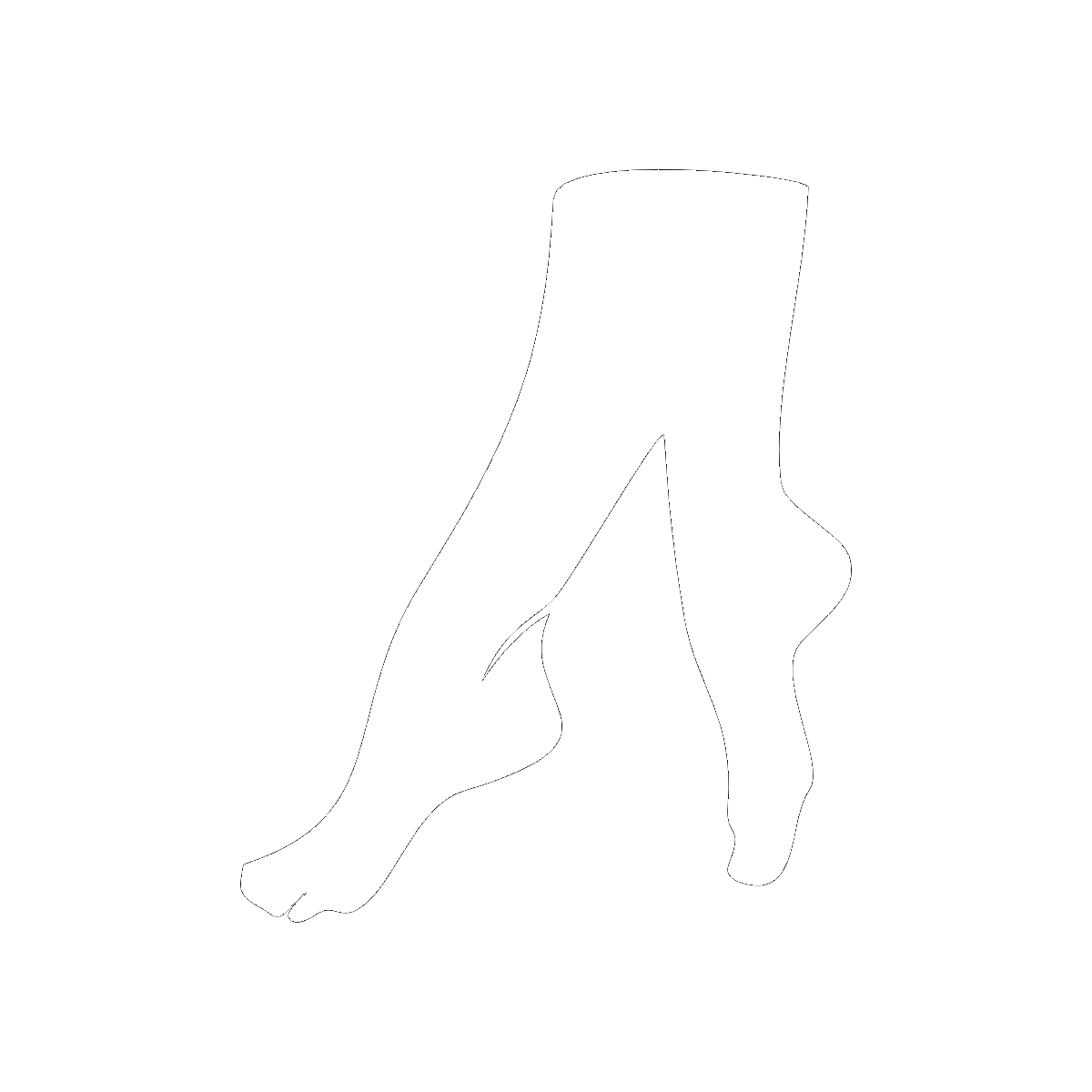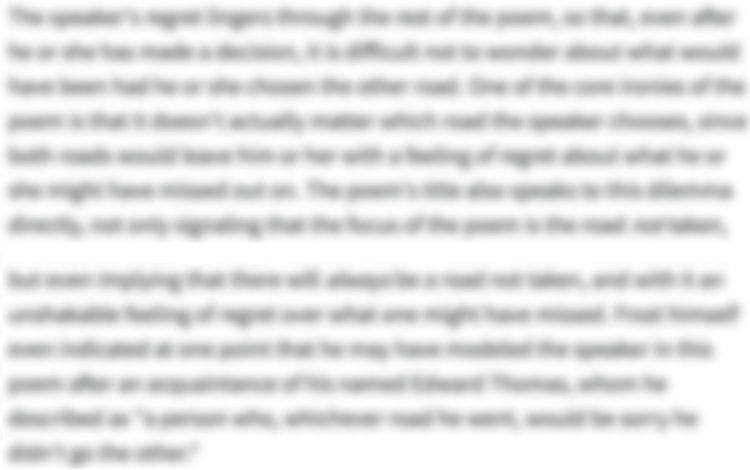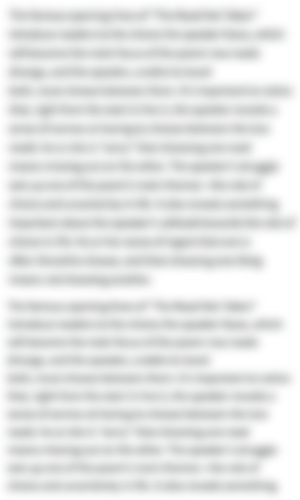The Full Text of “Harlem Shadows”
1I hear the halting footsteps of a lass
2In Negro Harlem when the night lets fall
3Its veil. I see the shapes of girls who pass
4To bend and barter at desire's call.
5Ah, little dark girls who in slippered feet
6Go prowling through the night from street to street!
7Through the long night until the silver break
8Of day the little gray feet know no rest;
9Through the lone night until the last snow-flake
10Has dropped from heaven upon the earth's white breast,
11The dusky, half-clad girls of tired feet
12Are trudging, thinly shod, from street to street.
13Ah, stern harsh world, that in the wretched way
14Of poverty, dishonor and disgrace,
15Has pushed the timid little feet of clay,
16The sacred brown feet of my fallen race!
17Ah, heart of me, the weary, weary feet
18In Harlem wandering from street to street.
-
“Harlem Shadows” Introduction
-
-
“Harlem Shadows” Summary
-
-
“Harlem Shadows” Themes
-

Poverty, Racism, and Survival
- See where this theme is active in the poem.
-

Innocence and Vulnerability
- See where this theme is active in the poem.
-
-
Line-by-Line Explanation & Analysis of “Harlem Shadows”
-
Lines 1-4
I hear the halting footsteps of a lass
In Negro Harlem when the night lets fall
Its veil. I see the shapes of girls who pass
To bend and barter at desire's call. -
Lines 5-6
Ah, little dark girls who in slippered feet
Go prowling through the night from street to street! -
Lines 7-10
Through the long night until the silver break
Of day the little gray feet know no rest;
Through the lone night until the last snow-flake
Has dropped from heaven upon the earth's white breast, -
Lines 11-12
The dusky, half-clad girls of tired feet
Are trudging, thinly shod, from street to street. -
Lines 13-16
Ah, stern harsh world, that in the wretched way
Of poverty, dishonor and disgrace,
Has pushed the timid little feet of clay,
The sacred brown feet of my fallen race! -
Lines 17-18
Ah, heart of me, the weary, weary feet
In Harlem wandering from street to street.
-
-
“Harlem Shadows” Symbols
-

Feet
- See where this symbol appears in the poem.
-
-
“Harlem Shadows” Poetic Devices & Figurative Language
-
Alliteration
- See where this poetic device appears in the poem.
-
Repetition
- See where this poetic device appears in the poem.
-
Sibilance
- See where this poetic device appears in the poem.
-
Imagery
- See where this poetic device appears in the poem.
-
Personification
- See where this poetic device appears in the poem.
-
Consonance
- See where this poetic device appears in the poem.
-
Assonance
- See where this poetic device appears in the poem.
-
Juxtaposition
- See where this poetic device appears in the poem.
-
Enjambment
- See where this poetic device appears in the poem.
-
-
“Harlem Shadows” Vocabulary
Select any word below to get its definition in the context of the poem. The words are listed in the order in which they appear in the poem.
- Halting
- Lass
- Veil
- Barter
- Prowling
- Lone
- Dusky
- Half-clad
- Shod
- Wretched
- Weary
Halting-
- See where this vocabulary word appears in the poem.
-
Form, Meter, & Rhyme Scheme of “Harlem Shadows”
-
Form
-
Meter
-
Rhyme Scheme
-
-
“Harlem Shadows” Speaker
-
-
“Harlem Shadows” Setting
-
-
Literary and Historical Context of “Harlem Shadows”
-
-
More “Harlem Shadows” Resources
-
External Resources
-
Hear the Poem Out Loud — Listen to a reading of "Harlem Shadows."
-
More About Claude McKay — To learn more about Claude McKay, take a look at this overview of his life and work.
-
The Harlem Renaissance — This introduction to the Harlem Renaissance includes a summary of the movement and a collection of the poems that defined it.
-
McKay Reads His Work Aloud — Listen to Claude McKay read several of his other well-known poems, including "If We Must Die."
-
Electronic Version of Harlem Shadows — You can read the other poems in Harlem Shadows in this digitized collection, which assembles the poems in the same order as the book's original publication.
-
-
LitCharts on Other Poems by Claude McKay
-










